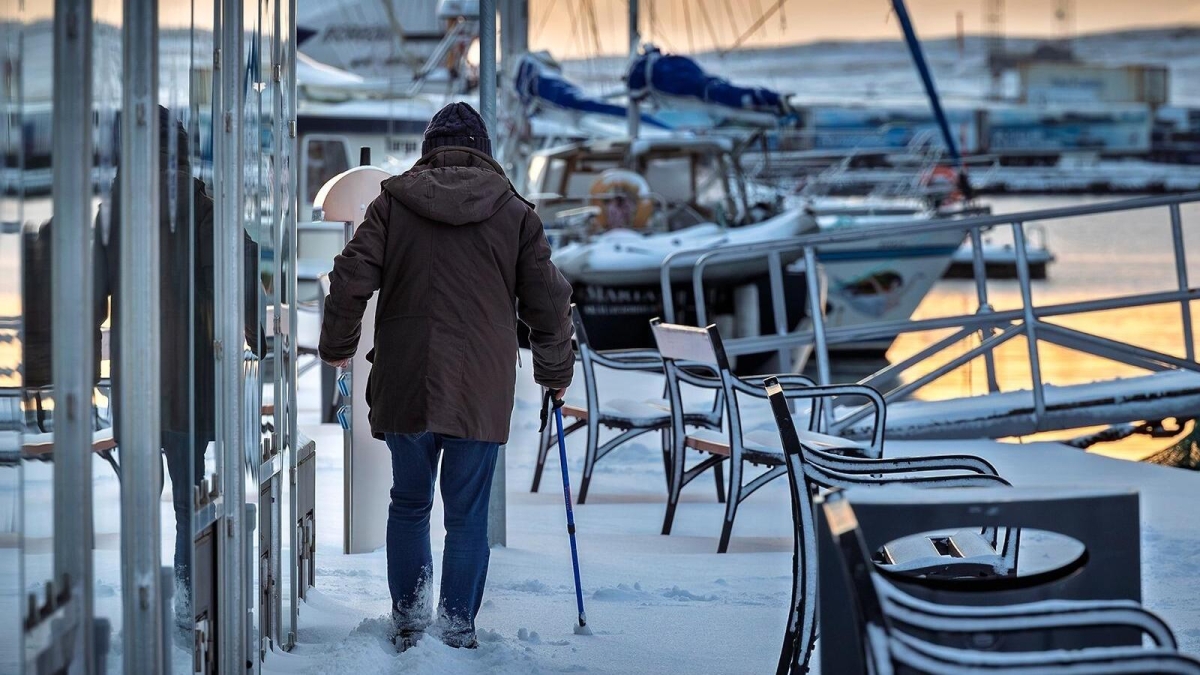Population
10. Jan 2025
Population was 54,675 on 1 December — up 0.5% year-on-year

While the Faroese population continues to expand, the growth rate is slowing down. This is due to a lower excess of births over deaths and lower net migration.
[px-graph-1]
The population trend is determined by net migration, i.e. the difference between the number of immigrants and the number of emigrants, and the excess of live births over deaths. The population growth in the past year was driven by an excess of births of 128 people and a net migration figure of 152 people. The result is a year-on-year population growth of 280 people.
The excess of births and the net migration figures were lower than in the previous 12-month period. Fewer people moved to and from the Faroes. However, immigration decreased more than emigration, resulting in lower net migration than in the previous period. The excess of births decreased because fewer were born and more died than in the previous period.
See further figures in the table below.
More consistent birth and death rates
The graph below illustrates monthly trends in births and deaths. While the birth rate, which has been steadily declining over a prolonged period, now exhibits greater stability, the death rate trend remains unchanged.
[px-graph-2]
Less migration
The monthly trends in the graph below show that both immigration and emigration are on a steady decline.
[px-graph-3]
Growth in most municipalities
Out of the 29 municipalities, 19 saw population growth in the past year. The highest growth was registered in Tórsahavn, Runavík, Nes, Vágar and Skálavík municipalities. Within these municipalities, the towns and villages with the highest population growth were Tórshavn, Toftir, Hoyvík, Saltangará and Skálavík.
Population decline was observed in nine municipalities, while one experienced no population change. The biggest decline was in Eiði, Vágur and Sunda municipalities.
The table below shows the population across the 29 municipalities, with details for each town and village on 1 December 2023 and 1 December 2024.
[px-graph-4]
Population figures have a one-month lag
The figures have a one-month lag due to delays in registrations, especially regarding address changes, where many registrations are made after the month of address change has ended. To accommodate as many corrections as possible, there is a one-month lag in the data.
About the population figures
The population is defined as all individuals registered in the national register as residents of the Faroe Islands. Population data includes date of birth, gender, place of birth, citizenship, relationship status, and, where applicable, information on immigration and emigration, domestically as well as between the Faroe Islands and other nations.
About the trend
The trend describes the population trend by adjusting for seasonal effects and other error components in the population figure.